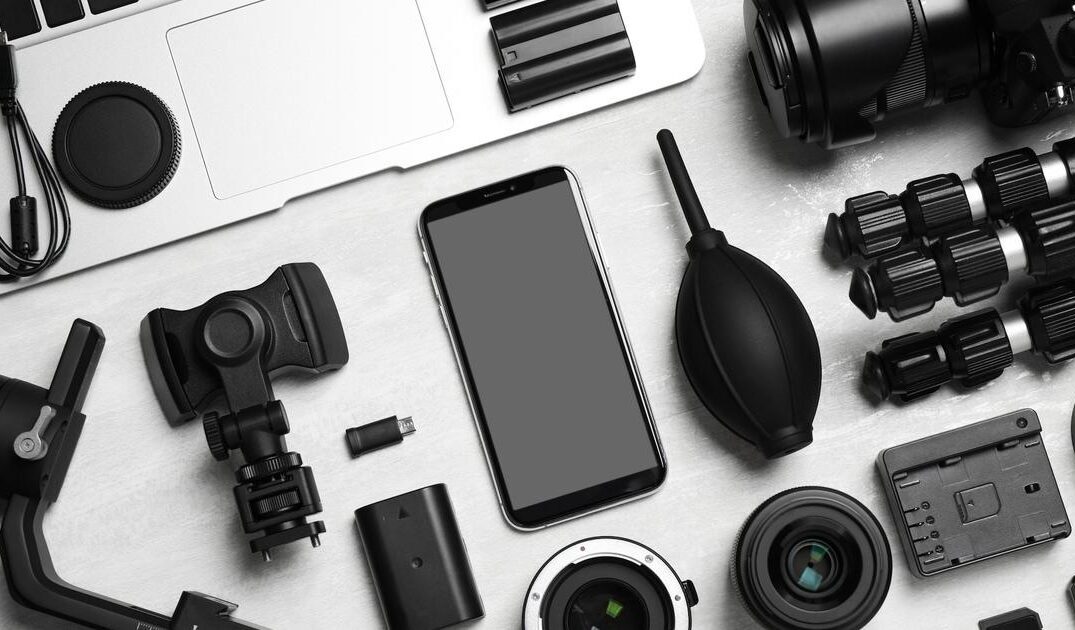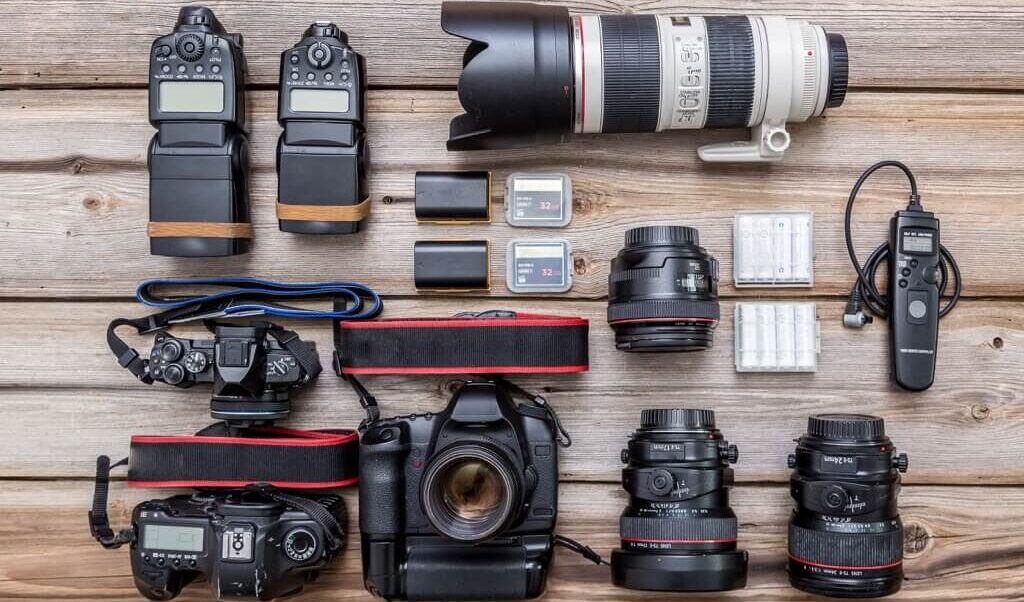Mastering using equipment in photography is one of the most important steps toward improving your technical skills and creative control. The quality of your photos depends not only on your artistic perspective but also on how efficiently you handle your tools.
Every piece of equipment whether it’s a camera body, lens, tripod, or lighting accessory has a unique purpose that contributes to capturing professional-level images.
For both beginners and experienced photographers, understanding how to use equipment properly can save time, reduce errors, and produce more consistent results.
Good photography isn’t about owning the most expensive gear; it’s about knowing how to make the best use of what you have.
In this guide, you’ll learn how using equipment in photography helps you achieve sharper, more balanced, and visually compelling results across different shooting conditions.
Using Equipment In Photography: Understanding The Basics
The foundation of using equipment in photography starts with a clear understanding of your camera’s capabilities. Whether you’re working with a DSLR mirrorless, or compact camera learning the relationship between ISO aperture, and shutter speed is essential.
These three settings form the exposure triangle, which determines how light interacts with your image. Mastering these elements allows you to control brightness, motion, and depth of field effectively.
A strong grasp of manual settings gives photographers more creative control. For instance, a low ISO keeps images sharp and noise-free in bright environments, while higher ISO values are useful in low-light scenes.
Similarly, aperture adjustments can dramatically change the background blur and overall composition. Using equipment in photography efficiently means understanding how these settings work together to serve your artistic goals.
Camera maintenance is another key aspect. Regularly cleaning your lenses and sensors prevents unwanted dust spots and ensures clarity in every shot.
Additionally, using protective filters such as UV or polarizing filters can help extend your lens life and improve color balance. The more familiar you become with your equipment, the more instinctive your photography workflow will become.
Choosing The Right Lenses For Different Photography Styles
When it comes to using equipment in photography, lens selection is perhaps the most critical decision a photographer can make. Each lens type offers a unique visual perspective and influences how the story of an image is told.
Wide-angle lenses are perfect for landscapes and architectural shots because they capture a broader view, while telephoto lenses are ideal for wildlife and sports, bringing distant subjects closer without losing detail.
Portrait photographers often prefer 50mm or 85mm prime lenses for their ability to produce a shallow depth of field and soft, flattering backgrounds. Macro lenses are essential for capturing tiny subjects like insects or flowers in sharp detail.
On the other hand, zoom lenses are excellent for flexibility allowing you to adjust framing without changing position.Professional using equipment in photography means choosing lenses not just based on focal length but also on aperture and build quality.
A fast lens with a wide aperture (like f/1.8 or f/2.8) performs better in low light and creates a more dramatic separation between subject and background.
Understanding these nuances helps photographers match the right lens to the environment, whether shooting portraits, street scenes, or travel landscapes.
Using Equipment In Photography: Tripods, Flashes, And Accessories
Beyond cameras and lenses, using equipment in photography also includes mastering supportive tools such as tripods, flashes, and other accessories.
A tripod provides stability during long exposures, low-light conditions, or time-lapse shoots, ensuring that each image remains crisp and sharp.
It’s especially useful for landscape, astrophotography, and studio work. Flashes and lighting tools, meanwhile, allow photographers to control and shape light.
On-camera flash units are convenient, but off-camera flashes give greater flexibility, allowing you to manipulate shadows and highlights. Using diffusers and reflectors helps soften light, while colored gels can introduce creative effects.
Mastering these techniques ensures balanced exposure even in challenging environments. Accessories like remote triggers, extra batteries, memory cards, and lens hoods enhance both convenience and efficiency.
A well-equipped photographer anticipates potential issues like battery drain or glare and prepares accordingly. Proper using equipment in photography means not only knowing what to use but also understanding when and why each accessory matters.
Lightweight And Portable Gear For Travel Photography
For photographers who are often on the move, using equipment in photography efficiently means prioritizing portability. Travel photography demands lightweight yet reliable gear that won’t compromise image quality.
Mirrorless cameras have become increasingly popular for this reason they offer professional performance in a more compact design compared to traditional DSLRs.
Choosing multi-purpose lenses is another way to minimize gear weight. A versatile 24–70mm zoom lens, for example, can handle wide landscapes and close-up portraits with ease.
Compact carbon-fiber tripods, foldable reflectors, and portable LED lights also make traveling easier without sacrificing control. A sturdy camera bag is essential for organization and protection.
Weather-sealed, padded compartments keep lenses and accessories safe during outdoor shoots. When planning a trip, make sure every item in your kit has a clear purpose unnecessary equipment only adds weight and slows you down.
Smart using equipment in photography decisions ensure mobility, flexibility, and comfort, allowing you to focus on creativity rather than logistics.
Using Equipment In Photography To Improve Efficiency And Precision
At the professional level, using equipment in photography is about streamlining workflow and optimizing precision.
Efficiency starts with preparation: charging batteries, formatting memory cards, and pre-selecting lenses based on the day’s shooting conditions. Organization reduces stress during sessions and allows photographers to react quickly to changing light or subjects.
Incorporating digital tools also increases productivity. Tethered shooting connecting your camera to a laptop or tablet enables instant image review, saving time during editing.
Wireless transfer systems and remote shooting apps provide additional flexibility during both studio and outdoor sessions. Improving precision also involves understanding how your equipment performs under different circumstances.
Knowing how your camera meters light or how your autofocus reacts in low contrast helps you adapt faster. Professionals who master using equipment in photography treat their gear as an extension of themselves rather than just tools.
Ultimately, efficient gear usage enhances creativity. When you no longer have to think about the technical process, you can focus entirely on composition, storytelling, and emotion.
The key to success in using equipment in photography lies not in the number of tools you have, but in how skillfully you use them to bring your artistic vision to life.
See you in the next post,
Anil UZUN

